#Tír na nÓg
Text
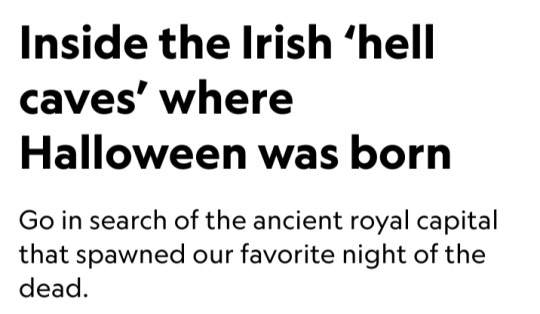

Story and photographs by Ronan O’Connell
September 26, 2023
In the middle of a field in a lesser known part of Ireland is a large mound where sheep wander and graze freely.
Had they been in that same location centuries ago, these animals might have been stiff with terror, held aloft by chanting, costumed celebrants while being sacrificed to demonic spirits that were said to inhabit nearby Oweynagat cave.
This monumental mound lay at the heart of Rathcroghan, the hub of the ancient Irish kingdom of Connaught.
The former Iron Age center is now largely buried beneath the farmland of County Roscommon.
In 2021, Ireland applied for UNESCO World Heritage status for Rathcroghan (Rath-craw-hin). It remains on the organization's tentative list.

Rooted in lore
Spread across more than two square miles of rich agricultural land, Rathcroghan encompasses 240 archaeological sites, dating back 5,500 years.
They include burial mounds, ring forts (settlement sites), standing stones, linear earthworks, an Iron Age ritual sanctuary — and Oweynagat, the so-called gate to hell.
More than 2,000 years ago, when Ireland’s communities seem to have worshipped nature and the land itself, it was here at Rathcroghan that the Irish New Year festival of Samhain (SOW-in) was born, says archaeologist and Rathcroghan expert Daniel Curley.
In the 1800s, the Samhain tradition was brought by Irish immigrants to the United States, where it morphed into the sugar overload that is American Halloween.
Dorothy Ann Bray, a retired associate professor at McGill University and an expert in Irish folklore, explains that pre-Christian Irish divided each year into summer and winter.
Within that framework were four festivities.
Imbolc, on February 1, was a festival that coincided with lambing season.
Bealtaine, on May 1, marked the end of winter and involved customs like washing one’s face in dew, plucking the first blooming flowers, and dancing around a decorated tree.
August 1 heralded Lughnasadh, a harvest festival dedicated to the god Lugh and presided over by Irish kings.
Then on October 31 came Samhain, when one pastoral year ended and another began.
Rathcroghan was not a town, as Connaught had no proper urban centers and consisted of scattered rural properties.
Instead, it was a royal settlement and a key venue for these festivals.
During Samhain, in particular, Rathcroghan was a hive of activity focused on its elevated temple, which was surrounded by burial grounds for the Connachta elite.
Those same privileged people may have lived at Rathcroghan. The remaining lower-class Connachta communities resided in dispersed farms and descended on the site only for festivals.
At those lively events they traded, feasted, exchanged gifts, played games, arranged marriages, and announced declarations of war or peace.
Festivalgoers also may have made ritual offerings, possibly directed to the spirits of Ireland’s otherworld.
That murky, subterranean dimension, also known as Tír na nÓg (Teer-na-nohg), was inhabited by Ireland’s immortals, as well as a myriad of beasts, demons, and monsters.
During Samhain, some of these creatures escaped via Oweynagat cave (pronounced “Oen-na-gat” and meaning “cave of the cats”).
“Samhain was when the invisible wall between the living world and the otherworld disappeared,” says Mike McCarthy, a Rathcroghan tour guide and researcher who has co-authored several publications on the site.
“A whole host of fearsome otherworldly beasts emerged to ravage the surrounding landscape and make it ready for winter.”
Thankful for the agricultural efforts of these spirits but wary of falling victim to their fury, the people protected themselves from physical harm by lighting ritual fires on hilltops and in fields.
They disguised themselves as fellow ghouls, McCarthy says, so as not to be dragged into the otherworld via the cave.
Despite these engaging legends — and the extensive archaeological site in which they dwell — one easily could drive past Rathcroghan and spot nothing but paddocks.
Inhabited for more than 10,000 years, Ireland is so dense with historical remains that many are either largely or entirely unnoticed.
Some are hidden beneath the ground, having been abandoned centuries ago and then slowly consumed by nature.
That includes Rathcroghan, which some experts say may be Europe’s largest unexcavated royal complex.
Not only has it never been dug up, but it also predates Ireland’s written history.
That means scientists must piece together its tale using non-invasive technology and artifacts found in its vicinity.
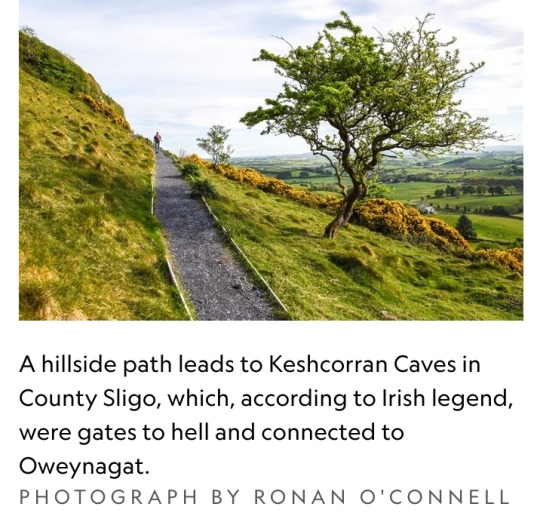
While Irish people for centuries knew this site was home to Rathcroghan, it wasn’t until the 1990s that a team of Irish researchers used remote sensing technology to reveal its archaeological secrets beneath the ground.
“The beauty of the approach to date at Rathcroghan is that so much has been uncovered without the destruction that comes with excavating upstanding earthwork monuments,” Curley says.
“[Now] targeted excavation can be engaged with, which will answer our research questions while limiting the damage inherent with excavation.”
Becoming a UNESCO site
This policy of preserving Rathcroghan’s integrity and authenticity extends to tourism.
Despite its significance, Rathcroghan is one of Ireland’s less frequented attractions, drawing some 22,000 visitors a year compared with more than a million at the Cliffs of Moher.
That may not be the case had it long ago been heavily marketed as the “Birthplace of Halloween,” Curley says.
But there is no Halloween signage at Rathcroghan or in Tulsk, the nearest town.
Rathcroghan’s renown should soar, however, if Ireland is successful in its push to make it a UNESCO World Heritage site.
The Irish Government has included Rathcroghan as part of the “Royal Sites of Ireland,” which is on its newest list of locations to be considered for prized World Heritage status.
The global exposure potentially offered by UNESCO branding would likely attract many more visitors to Rathcroghan.
But it seems unlikely this historic jewel will be re-packaged as a kitschy Halloween tourist attraction.
“If Rathcroghan got a UNESCO listing and that attracted more attention here that would be great, because it might result in more funding to look after the site,” Curley says.
“But we want sustainable tourism, not a rush of gimmicky Halloween tourism.”
Those travelers who do seek out Rathcroghan might have trouble finding Oweynagat cave.
Oweynagat is elusive — despite being the birthplace of Medb, perhaps the most famous queen in Irish history, 2,000 years ago.
Barely signposted, it’s hidden beneath trees in a paddock at the end of a one-way, dead-end farm track, about a thousand yards south of the much more accessible temple mound.
Visitors are free to hop a fence, walk through a field, and peer into the narrow passage of Oweynagat.
In Ireland’s Iron Age, such behavior would have been enormously risky during Samhain, when even wearing a ghastly disguise might not have spared the wrath of a malevolent creature.
Two millennia later, most costumed trick-or-treaters on Halloween won’t realize they’re mimicking a prehistoric tradition — one with much higher stakes than the pursuit of candy.
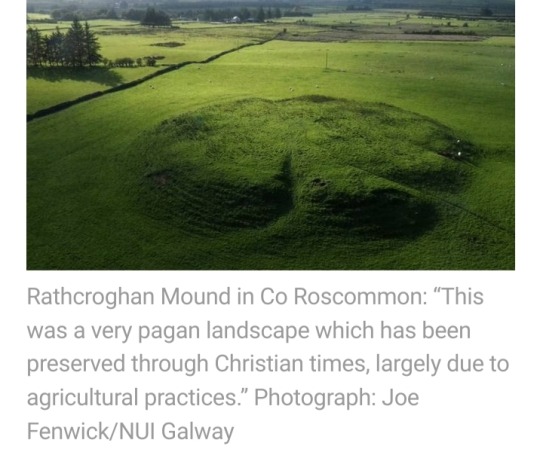
#Rathcroghan#Connaught#County Roscommon#UNESCO World Heritage#Samhain#Imbolc#Bealtaine#Lughnasadh#Tír na nÓg#Oweynagat cave#Ireland#remote sensing technology#Birthplace of Halloween#Halloween#Royal Sites of Ireland#Halloween tourism#Medb#Oweynagat#Iron Age#Irish history#archaeological site
84 notes
·
View notes
Text
My tag for this series is 'fairy tales'.
#polls#fairy tales#folktales#woe or happiness#heart of stone#the troll's daughter#the snake prince#blondine#the little golden fish#ole lukøje#bella venezia#tír na nóg
17 notes
·
View notes
Text
The warrior Oisín was beloved of the immortal Niamh who took him to her home of eternal youth, Tír na nÓg. They lived their happily for hundreds of years before Oisín grew homesick and wished to visit his old lands.
Niamh agreed and gave him a white horse to carry him, but warned Oisín to never touch the ground. Though Oisín agreed he sadly fell from his horse, his missing years instantly catching up to him as he transformed into an elderly man.
More Myths
#Mythos#Mythology#Myths and Legends#Irish Myths#Irish Legends#Niamph#Oisin#Immortality#Tír na nÓg#Mythos Snapshots
6 notes
·
View notes
Text
Oisín i dTír na nÓg
#tír na nóg#oisín i dtír na nóg#irish music#music as ghaeilge#spotify#i first heard this song in the Gaeltacht 7 years ago#there is a better version its just on not on Spotify
4 notes
·
View notes
Text
Alright so I have a theory
Rick Riordan is basically a god of mythology right? So I would be very surprised if he’s never heard the old Irish legend of Tír na nÓg. This translates to Land of the Young, and the basic story is about a land where everyone stays young forever and there’s no sadness or death. This guy Oisin goes to Tír na nÓg because a beautiful woman came and said “hey you should come here it’s great” and he went “sure”. It felt like he was only there for a few months, but when he went back to Ireland to visit his family, hundreds of years had passed and everybody he knew had died. And I was just wondering if Rick loosely based the Lotus Casino off that story? The concept of a place where time passes at a much slower rate than the rest of the world is apparent in both stories. Obviously it could be something he just came up with off the top of his head, but I just had some thoughts I wanted to share.
3 notes
·
View notes
Text
Tá an albaim don ceoldráma tír na nóg ag teacht amach amárach I'm actually gonna scream jdjdjskakdjhebwndjfjwjjw
0 notes
Text

You might say Nathan is the prettier friend and "I have never seen two pretty best friends"
But Nathan's pov is this. He tossed a green cloth on him.
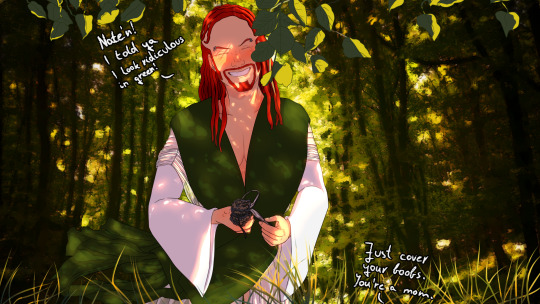
Without text and cut and mtl reference:
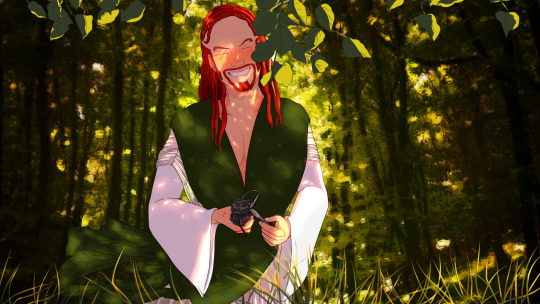
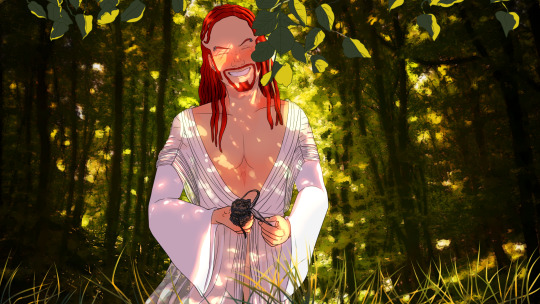
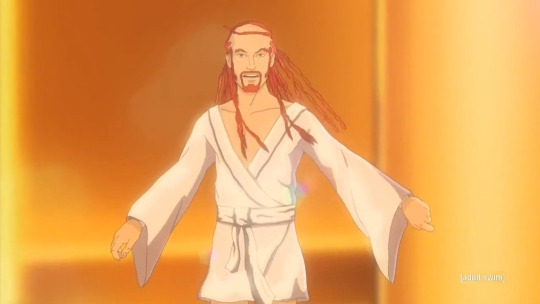
#mtl#metalocalypse#pickles the drummer#mtl fanart#dethklok#metalocalypse fanart#dethklok fanart#nickels#aka just me wanting to draw Pickles in Irish habitat collecting herbs for... you know damn right#fun fact: The background is from our local forest#pickles in his doomstar requiem outfit a bit reimagined#why can I hear Tír na Nóg music?#his robe now looks like a wedding dress im-#Nathan was about to fucking cry
175 notes
·
View notes
Text
nobody will care but i love how bayonetta origins seems heavily influenced by irish mythology
#not exclusively but most of the faeries are irish:#aos sí#leipreachán#fomhórach#amadán dubh#also the alfheim rooms which are now called tír na nóg#AND it releases on st patrick's day. you can't tell me this wasn't intentional#nintendo are specifically targeting me and it's working#bayonetta#bayonetta origins#cereza and the lost demon#hmm. maybe i should make a gifset if i have time
75 notes
·
View notes
Text
My f/os rn (Im the tennis ball)

3 notes
·
View notes
Text
You know, I was cooking up a rewrite for Lostbelt 7 that mostly followed the original story beats while incorporating a couple of servants that I wanted to introduce, but I let that project fall to the wayside after I started working on Lostbelt Ireland.
I might write out an outline of my rewrite after Lostbelt 7 comes out on NA though.
#FGO#Lostbelt 7#lostbelt 7 nahui mictlan#Lostbelt 7 Rewrite#Lostbelt Ireland#Irish Lostbelt: Aos Sí Isle of Youth Everlasting Tír na nÓg: Echtra Ossianic#mewaddlee’s posts
6 notes
·
View notes
Text
I'm seepy but also finally essaying... idk when I'm getting up tomorrow to go shopping but mam will wake me half an hour beforehand so its fine
#need to track down a source for oisín in tír na nóg#do i need to tho. this is an irish folklore course. fuckin surely its known#oh well if i can get a quote itll pad for wordcount
3 notes
·
View notes
Text
Niamh agreed and gave him a white horse to carry him, but warned Oisín to never touch the ground. Though Oisín agreed he sadly fell from his horse, his missing years instantly catching up to him as he transformed into an elderly man.
The warrior Oisín was beloved of the immortal Niamh who took him to her home of eternal youth, Tír na nÓg. They lived their happily for hundreds of years before Oisín grew homesick and wished to visit his old lands.
More Myths
#Myths#Mythology#Myths and Legends#Immortals#Humans in Mythology#Oisin#Niamh#Tír na nÓg#Fairies#Immortality#Marriage#Fairy Wife
3 notes
·
View notes
Text
Day 10: Horror Short Story
Look up "Slat" in Pota Focal and you will receive the most horrifying sentence to grace my eyes in any language let alone in Irish. This is the second definition and WILL show up before the actual translation of "rod"
Screenshot below the cut because its slightly nsfw

#also not tagging people for the same reason#its not bad its just not something youd want your boss to see#or your teacher#and as i found this during irish class it was concerning#the translation i wanted was 'yards' as in the unit of measurment#we were reading oisín i tír na nóg#snag 2023#is mise an crann#scheduled post#seeeeeeeeeeeee you tomorrow for the first lesson!
6 notes
·
View notes
Photo
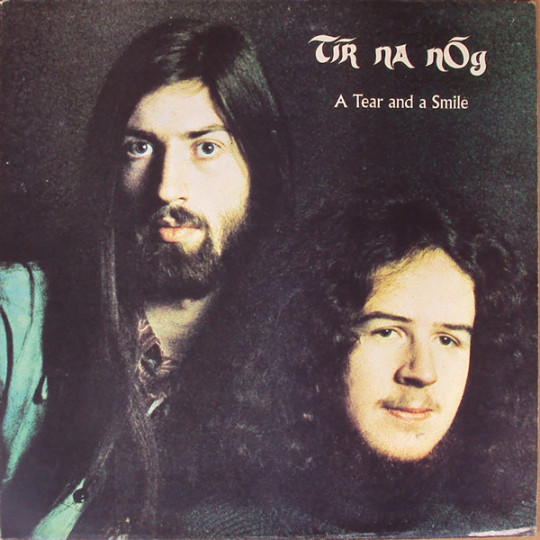
Tír na nÓg – A Tear And A Smile
3 notes
·
View notes
Note
Now that Bridget finally has an English voice for the first time, I think we can definitively say that the British accent is dead in the world of guilty gear, save for axl who only has it because he's from the past
All accents are dead except for whatever southern/Texas thing Goldlewis has going on. Confirmed
#asks#I need Sol to say Toronto because if he says that second T he's not from the east coast after all#tuhronno canada eh#Still thinking about how he's the only one who put an effort in to say Tír na nÓg right in the story#He only said did it the one time but it was still cool#I was watching it with my Irish/English buddy and even he was like 'Oh wow Sol actually tried to say it right' hahah
22 notes
·
View notes
